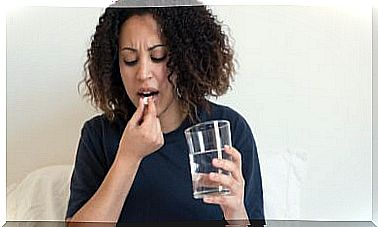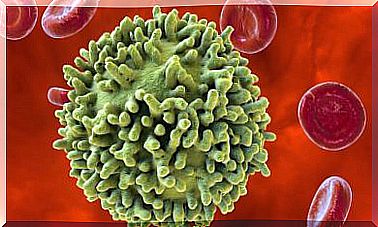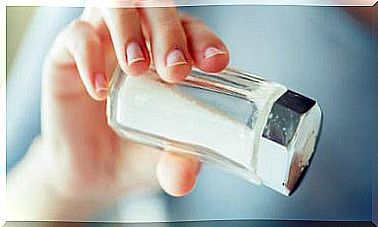Diagnosis And Treatment Of Diabetes Insipidus
The main symptoms of diabetes insipidus are polyuria or frequent urination and constant thirst. Those affected by this disease expel between 3 and 30 liters of water daily through the urine.

Diabetes insipidus is a disorder that occurs due to the partial or total deficiency of a substance called vasopressin . It also occurs when the body has a resistance to the absorption of such a component. Its main characteristic is that it generates polyuria, that is, more urine than normal.
There are two kinds of diabetes insipidus: central and nephrogenic. In both cases it can be primary or secondary. The primary is genetic and the secondary is acquired. The central one originates in the hypothalamus and is the most common form of this disorder. Nephrogenic diabetes insipidus, meanwhile, is of renal origin.
The main symptoms in all forms of diabetes insipidus are polyuria, as already noted, and polydipsia, or excessive thirst. The patient affected by this disorder may have urine levels ranging from three to 30 liters per day. If fluids are not replaced, it can cause dehydration or hypovolemia.
Causes of diabetes insipidus

Diabetes insipidus occurs when the body is unable to regulate body fluids. In a normal situation, there is a balance between the amount of fluids consumed and the excretion of the kidneys. No such balance is achieved in this type of diabetes.
The excretion of the kidneys is largely determined by the production of an antidiuretic hormone, which is called vasopressin (ADH). This occurs in the hypothalamus. The hormone, in turn, is stored in the pituitary. If the body begins to become dehydrated, the body releases this hormone into the bloodstream.
What happens next is that vasopressin activates the kidney tubules. This causes the urine to concentrate and the tubules to release some water into the bloodstream, preventing it from being lost during urination.
In central diabetes insipidus, there is damage to the hypothalamus or pituitary, limiting the production, storage, or release of vasopressin. In nephrogenic diabetes insipidus, it is the renal tubules that malfunction. They do not react to vasopressin properly.
Diagnosis
Generally, several tests are needed to diagnose diabetes insipidus. This is because its symptoms are similar to those of many other diseases. The diagnosis must also specify what type of diabetes insipidus affects the patient, which increases the complexity of the diagnosis.
These baseline tests are usually performed :
- Water deprivation test. It is the most common test. The patient is asked to stop drinking fluids for a time, under medical supervision. The effect this has on the blood, body weight, urine output and urine concentration is then monitored.
- Urine test. This test allows you to determine the concentration level of your urine. It establishes the amount of water in it, in relation to the other substances excreted.
- Magnetic resonance. This type of study allows to form detailed images of the tissues of the brain, to determine if there is any abnormality in the pituitary and its surrounding areas.
Treatment of the two types of diabetes insipidus

Treatment of diabetes insipidus depends on the type. In general, central diabetes insipidus is treated through hormonal replacement and proper management of correctable causes. If not addressed properly, it could cause permanent kidney damage.
The use of desmopressin, which is a synthetic analog of the hormone vasopressin, is usually indicated. This has vasoconstrictor and antidiuretic properties, with a long-lasting effect.
Its presentation is an intranasal solution. It can also be administered subcutaneously. The intravenous line is only used in emergency situations.
In some cases, treatment is carried out with non-hormonal drugs. In this case, three groups of drugs are used: prostaglandin inhibitors, diuretics (from the thiazide group) and vasopressin-releasing drugs. Their combination usually produces the expected results.
For its part, nephrogenic diabetes insipidus is generally treated with diet and drugs that reduce the volume of urine.
Usually non-steroidal anti-inflammatory drugs (NSAIDs) and thiazide diuretics. In addition, a low-salt and low-protein diet is recommended. In both types it is important to avoid dehydration.









